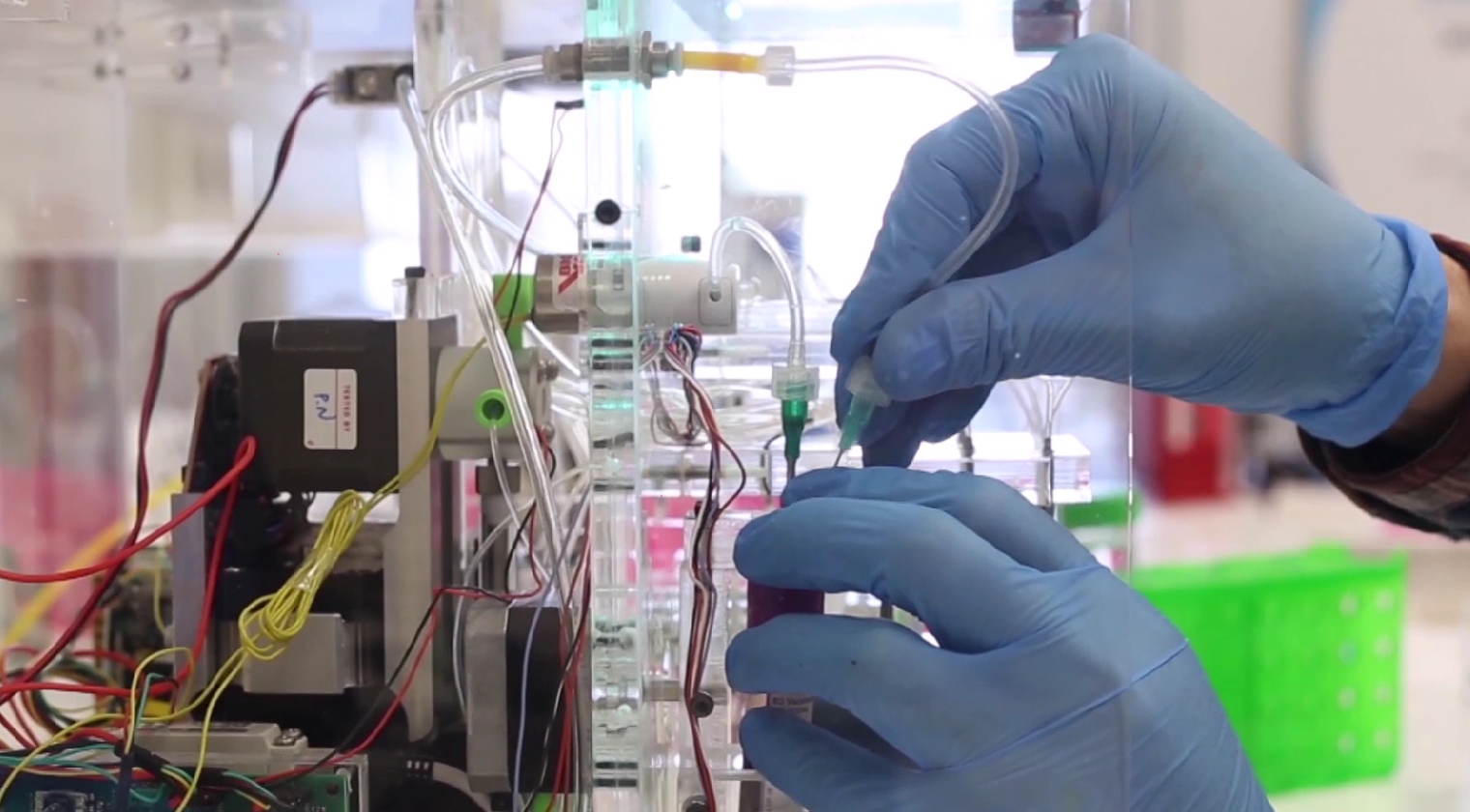The final workshop of the smart-PV project took place last July, marking the successful completion of this research and development initiative. The PT2020 framework under COMPETE funded the project and was managed by the Portuguese Innovation Agency (ANI) under the contract reference POCI-01-0247-FEDER-068919. These collaborative projects, led by the industry, aim to develop innovative technologies in cooperation with partners. dstSolar led the smart-PV project, together with the INL – International Iberian Nanotechnology Laboratory, Instituto Eletrónico Português (IEP), and Instituto de Engenharia de Sistemas e Computadores, Tecnologia e Ciência (INESC-TEC). Together, we developed a ground-breaking platform for managing photovoltaic assets. This platform collects data from various sources, including thermal images captured by unmanned aerial vehicles, meteorological data, and inverter electrical data. Utilizing advanced neural networks, the platform makes informed decisions regarding maintenance and predicts performance. Professor Pedro Salomé, the group leader of the Nanofabrication, Optoelectronics, and Energy Applications group (NOA) at INL, shared his thoughts on the project, stating that “when INL published its INL Go Global 2030 strategy document, which highlighted machine learning and digitalization as strategic priorities, our group immediately took the lead in coordinating the smart-PV proposal. We developed the smart-PV concept, utilizing neural networks to manage photovoltaic […]
Read more


